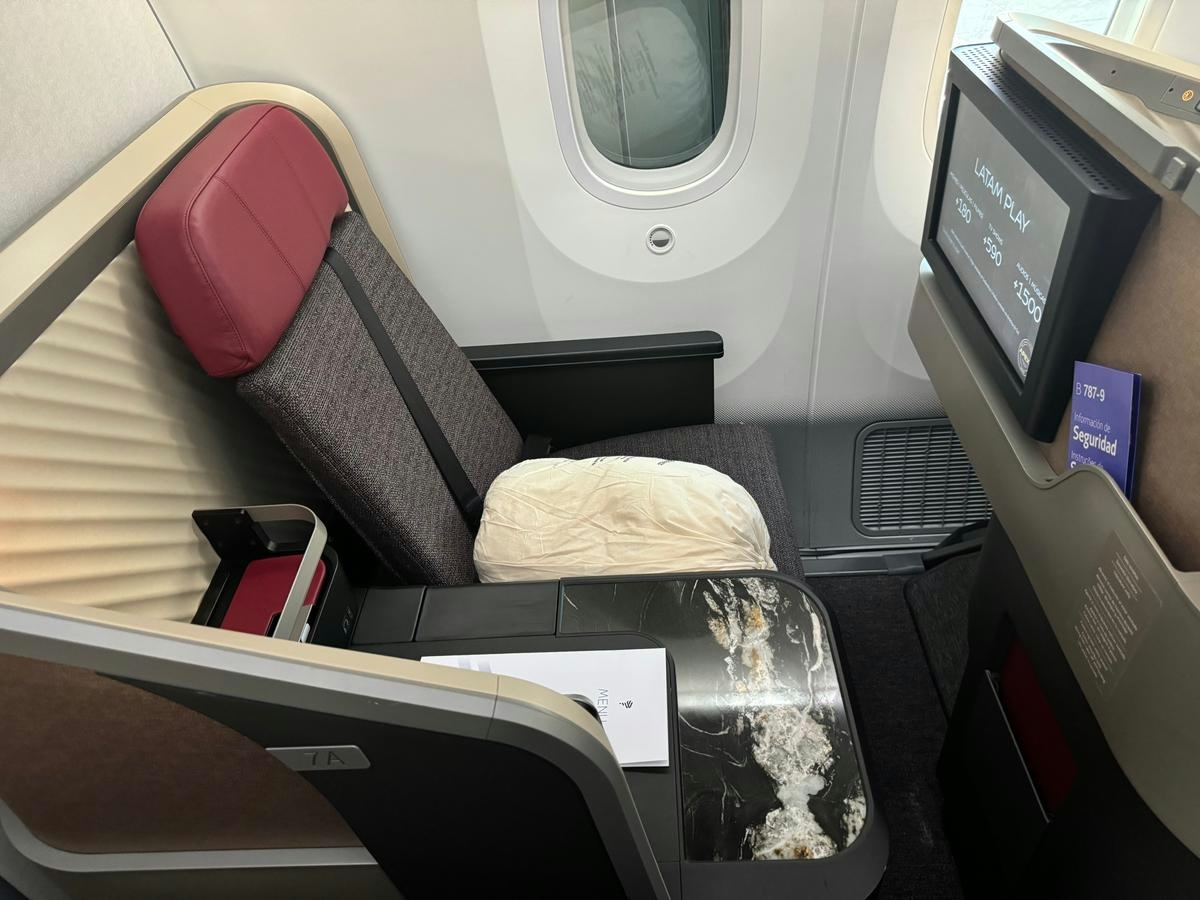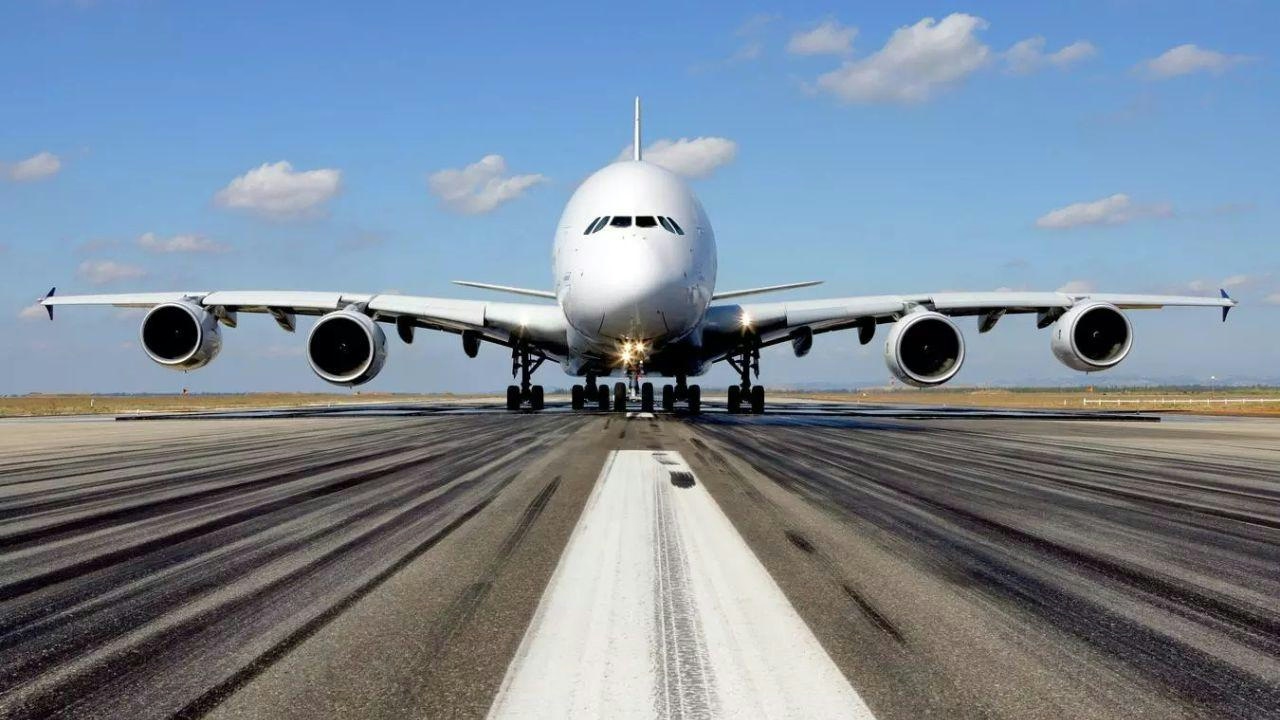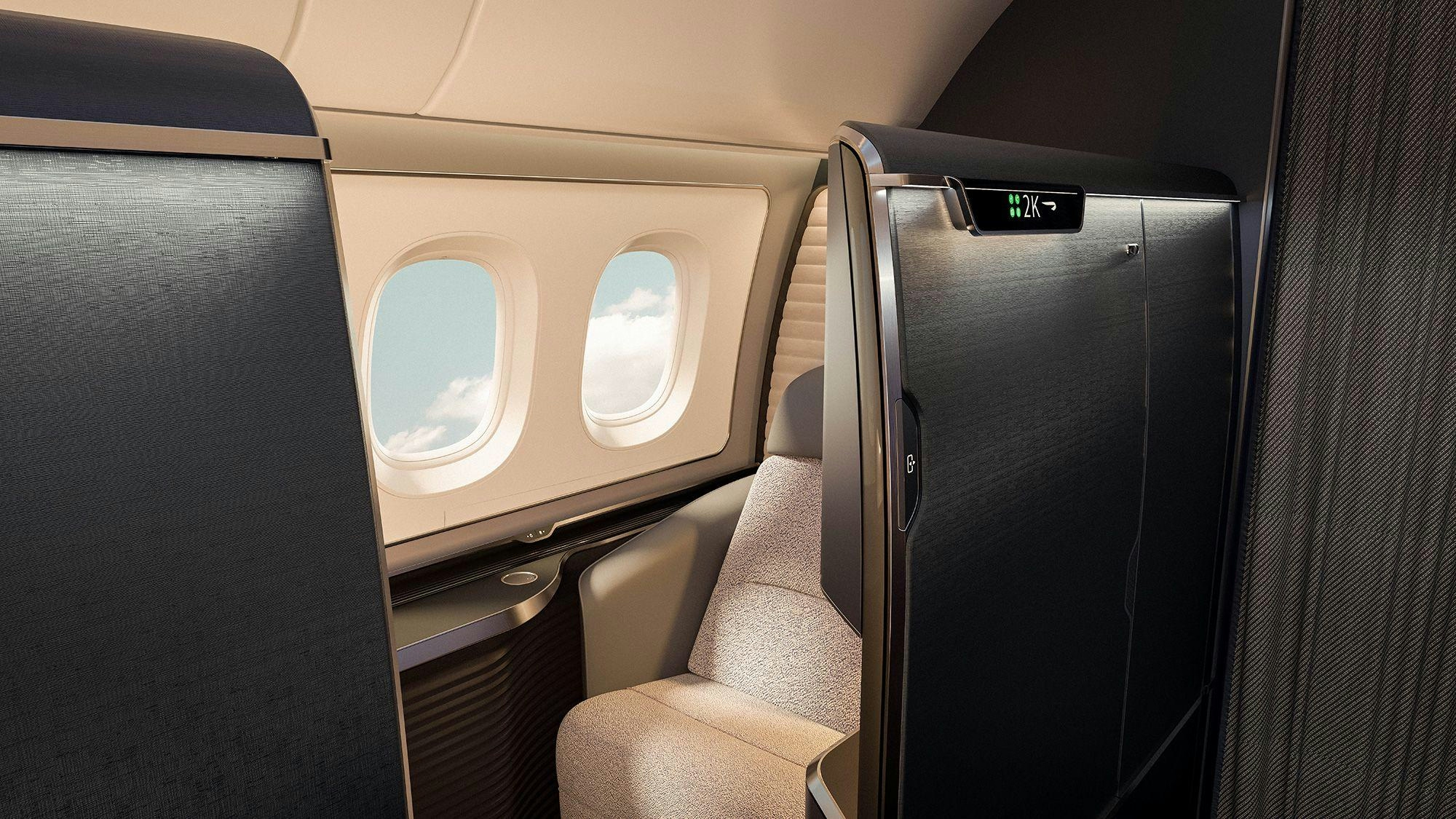
AeroGenie — 您的智能副驾驶。
热门趋势
Categories
LATAM Airlines Considers Additional Aircraft Orders

LATAM Airlines Weconsiders Additional Aircraft Orders Amid Growth and Market Challenges
LATAM Airlines Group is actively evaluating the acquisition of additional aircraft from multiple manufacturers and lessors as it aims to leverage growth opportunities across its operating markets. In its second-quarter earnings release on July 29, the Chile-based carrier emphasized “medium-term opportunities for incremental growth” beyond its existing fleet expansion plans.
Fleet Expansion and Modernization Plans
Currently, LATAM has committed to an order of 11 Airbus A320neo jets, with deliveries scheduled for 2026, and has postponed the retirement of four A319 aircraft to enhance capacity in the near term. The airline is also exploring the addition of both widebody and narrowbody aircraft, including further A320-family models and smaller jets from manufacturers such as Airbus and Embraer. This indicates consideration of aircraft like the Airbus A220 and Embraer E-Jets to diversify and modernize its fleet.
The primary objective behind these potential fleet additions is to strengthen LATAM’s footprint in regional passenger and cargo markets. The group projects its A320neo-family fleet to expand from 57 aircraft in the second quarter of this year to 108 by 2027. Simultaneously, its Boeing 787 fleet is expected to grow modestly from 37 to 41 aircraft. Presently, LATAM operates a total fleet of 360 aircraft, which includes 281 Airbus narrowbodies, 59 widebodies—comprising 37 Boeing 787s, 10 777s, nine 767s, and three Airbus A330s on short-term lease—and 20 767 freighters.
Challenges and Competitive Landscape
Despite these expansion plans, LATAM faces significant challenges. Improving fuel efficiency remains a critical priority amid rising environmental concerns and escalating operational costs. The financial impact of substantial new aircraft investments is under close scrutiny as the airline seeks to balance its growth ambitions with sustained profitability.
Market analysts are closely monitoring how LATAM’s expansion might influence its competitive positioning, particularly within regional markets. The airline’s strategy could provoke responses from competitors such as JetBlue, which is also pursuing growth in the region. This evolving competitive dynamic may result in adjustments to pricing strategies and service offerings across the sector.
Financial Performance and Market Outlook
LATAM reported its “strongest ever” second quarter, with revenue increasing by 8.2% year-on-year to $3.3 billion. Operating profit rose to $432 million, up from $260 million in the same period last year, while net profit reached $242 million compared to $145 million previously. The airline noted that passenger demand remains “solid” across both domestic and international markets, despite ongoing geopolitical uncertainties.
As LATAM continues to consider additional aircraft orders, its focus on regional market growth and operational efficiency will be pivotal in navigating the opportunities and competitive pressures shaping the future of the aviation industry.

Europe Advances Aviation Sustainability Through SAF Mandates and Innovation

Lufthansa's Fleet Plans for 2025

Fifteenth National Games Model Aviation Finals in Longhua Showcase Drone Sports and Innovation

Brazilian Woman Becomes First Female Captain of Airbus A380

Airbus and Boeing: Comparing Their Global Reach

Vietjet Orders 100 Airbus A321neo Jets, Strengthening UK-Vietnam Strategic Partnership

The Aircraft Set to Replace the Iconic Superjumbo

Delta Air Lines Introduces AI-Powered Concierge Service

Shanghai to Host 2025 North Bund International Aviation Forum
